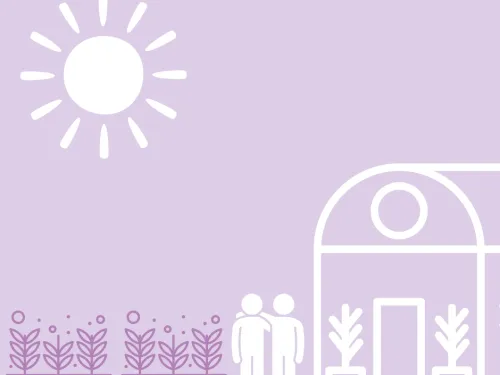
Sustainable food growing
On this page you'll find useful tips on how to grow food in ways that help your community and the biodiversity around it

Set up a ‘nectar café’ by planting flowers for pollinating insects like bees and butterflies
Many of our prettiest insects feed on nectar, so need flowering plants for their survival. Butterflies, moths, bees and hoverflies all need sources of nectar and pollen to thrive. As they travel from flower to flower, they also pollinate them, enabling them to set seed or bear fruit. So, setting up a nectar café benefits both your plants and you, allowing you to enjoy the flitting and fluttering of beautiful butterflies.
Setting up a nectar café not only benefits your garden, but allows you to enjoy the fluttering of beautiful butterflies too
| Early season | Mid season | Late season |
| Aubretia spp | Heather - Erica cinerea | Coneflower - Echinacea spp. |
| English bluebell - Hyacinthoides non-scripta | Lady’s bedstraw - Galium verum | French marigold - Tagetes patula |
| Currant - Ribes spp. | Lavender - Lavandula angustifolia | Golden rod - Solidago spp. |
| Grape hyacinth - Muscari armeniacum | Common mallow - Malva sylvestri | Honeysuckle - Lonicera periclymenum |
| Lungwort - Pulmonaria officinalis | Purple toadflax - Linaria purpurea | Ice plant - Sedum spectabile |
| Primrose - Primula vulgaris | Rock cress - Arabis spp. | Ivy - Hedera helix |
| Sweet violet - Viola odorata | Sea holly - Eryngium maritimum | Meadow saffron - Colchicum autumnale |
| Winter aconite - Eranthis hyemalis | Verbena - Verbena bonariensis | Michaelmas daisy - Aster pyrenaeus |
| Wood anemone - Anemone nemorosa | Wallflower - Erysimum cheiri | Common sunflower - Helianthus annuus |
| Alyssum - Alyssum montanum | Red valerian - Centranthus ruber |
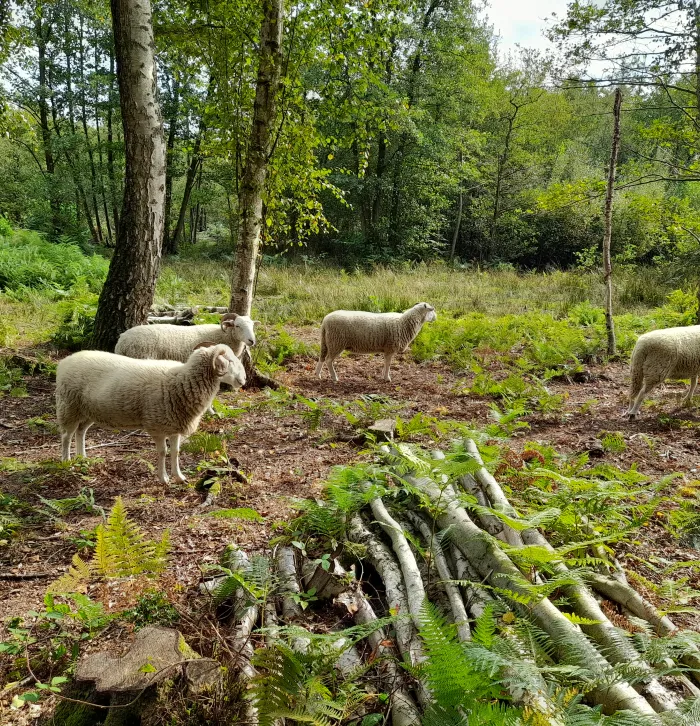

On this page you'll find useful tips on how to grow food in ways that help your community and the biodiversity around it
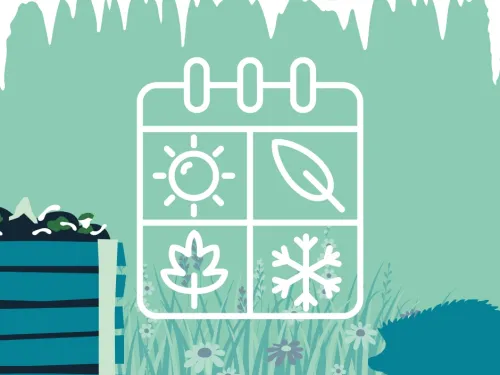
In this page you'll find an array of information to how to best help wildlife over the changing seasons each year
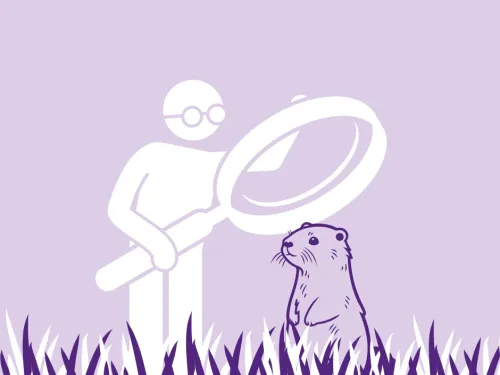
On this page you'll find exciting information on getting involved with citizen science project in your own home and community
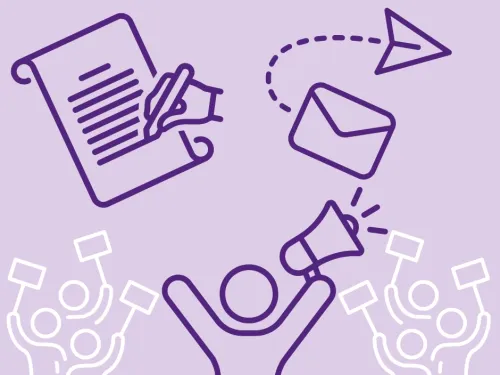
On this page you'll find useful information on how to take environmental action from home and in your community

On this page you'll find useful information on how to reach out to others about nature & the environment

On this page you'll find excellent tips on how to shop sustainably and be mindful of what you're eating